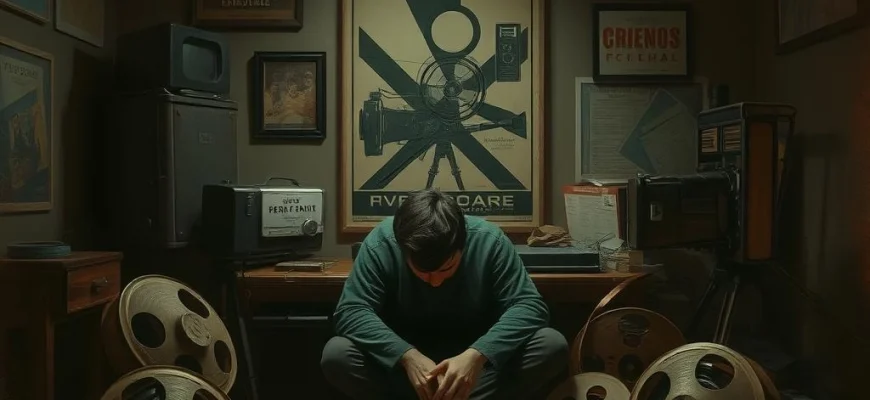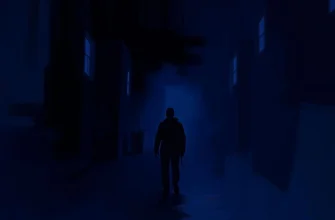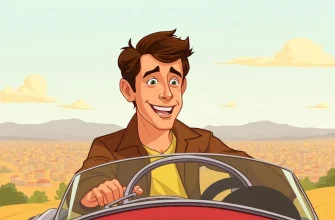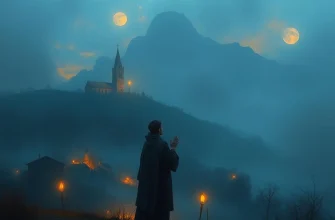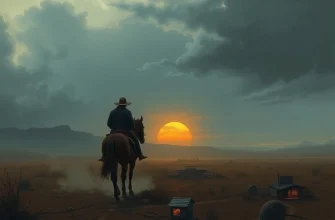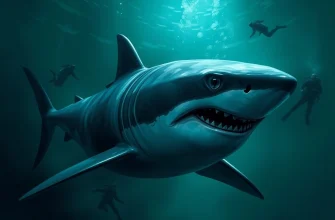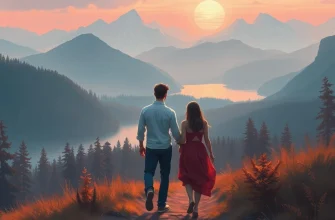Si vous avez été captivé par 'Le Feu follet' (1963), ce film poignant sur la quête de sens et la mélancolie, vous adorerez ces 10 œuvres similaires. Cet article explore des films et séries qui partagent les mêmes thèmes profonds, une esthétique visuelle saisissante ou une narration introspective. Découvrez des recommandations qui résonneront avec votre amour pour ce classique du cinéma français.

The Seventh Seal (1957)
Description: Explores existential themes and the human condition through a medieval knight's journey, blending philosophical depth with striking visual symbolism.
Fait: The iconic chess game with Death was improvised during filming. The film's title refers to the Book of Revelation in the Bible.
 Regarder
Regarder

The 400 Blows (1959)
Description: A poignant coming-of-age story that captures youthful rebellion and societal constraints with raw emotional honesty and naturalistic cinematography.
Fait: The famous final freeze-frame was achieved by accident when the camera jammed. Many scenes were shot without permits, using hidden cameras in real Paris locations.
 Regarder
Regarder

Breathless (1960)
Description: A revolutionary portrayal of youthful alienation and spontaneity, using jump cuts and documentary-style techniques to capture restless energy.
Fait: Many scenes were improvised and shot without a script. The film was edited in the director's hotel room over several months.
 Regarder
Regarder
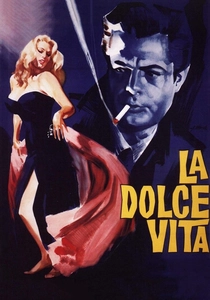
La Dolce Vita (1960)
Description: A sprawling portrait of modern alienation and the search for meaning amidst decadence, told through episodic encounters with striking visual compositions.
Fait: The Trevi Fountain scene took a week to film due to technical difficulties. The term 'paparazzi' entered global vocabulary because of this film.
 Regarder
Regarder

Last Year at Marienbad (1961)
Description: A puzzle-like narrative that plays with memory, time and perception, creating an ambiguous, dreamlike atmosphere through its precise visual style.
Fait: The film's distinctive tracking shots were achieved by placing the camera on a wheelchair. The script was written in the form of a poem rather than a traditional screenplay.
 Regarder
Regarder

Jules and Jim (1962)
Description: A bittersweet love triangle that examines the complexities of human relationships and the passage of time through innovative editing and narration.
Fait: The film's famous tracking shot of Catherine running across the bridge took 25 takes to perfect. The novel's author, Henri-Pierre Roché, was 74 when he wrote his first book.
 Regarder
Regarder
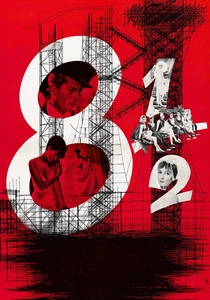
8½ (1963)
Description: A self-reflexive exploration of artistic creation and personal crisis, blending fantasy and reality through fluid, dreamlike sequences.
Fait: The title refers to the number of films Fellini had made up to that point (7 features and 2 shorts). The famous opening dream sequence was inspired by Fellini's own recurring nightmare.
 Regarder
Regarder

Contempt (1963)
Description: A dissection of a failing marriage set against the backdrop of filmmaking, using bold colors and deliberate pacing to explore emotional distance.
Fait: The famous apartment scene lasts nearly 30 minutes. The film's producer insisted on casting Brigitte Bardot against Godard's wishes.
 Regarder
Regarder

Persona (1966)
Description: A psychological drama that delves into identity, alienation, and the fragility of the human psyche, using innovative narrative techniques and stark cinematography.
Fait: The film's opening sequence includes a brief shot of an erect penis, which was highly controversial at the time. Bergman considered this his most important work.
 Regarder
Regarder

Solaris (1972)
Description: A meditative sci-fi film that examines memory, guilt, and the nature of human relationships through its protagonist's emotional journey on a mysterious space station.
Fait: The film's ocean planet was created using microscopic photography of chemical reactions. Tarkovsky disliked being compared to Stanley Kubrick's 2001: A Space Odyssey.
 Regarder
Regarder

